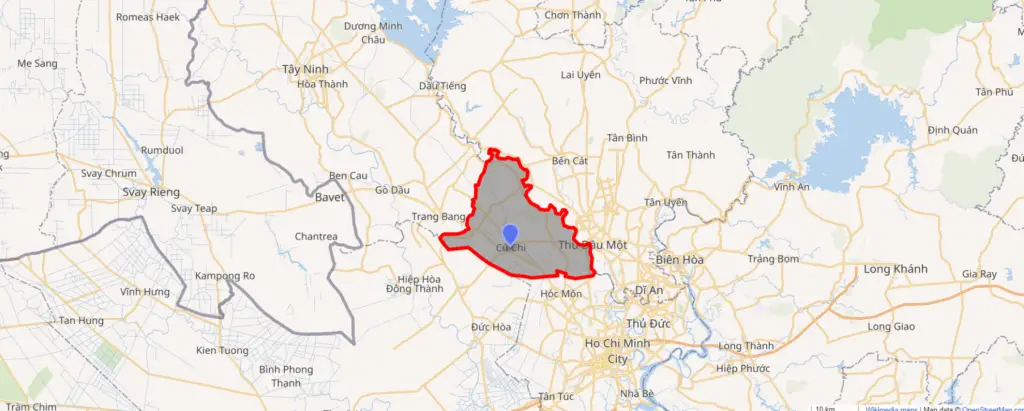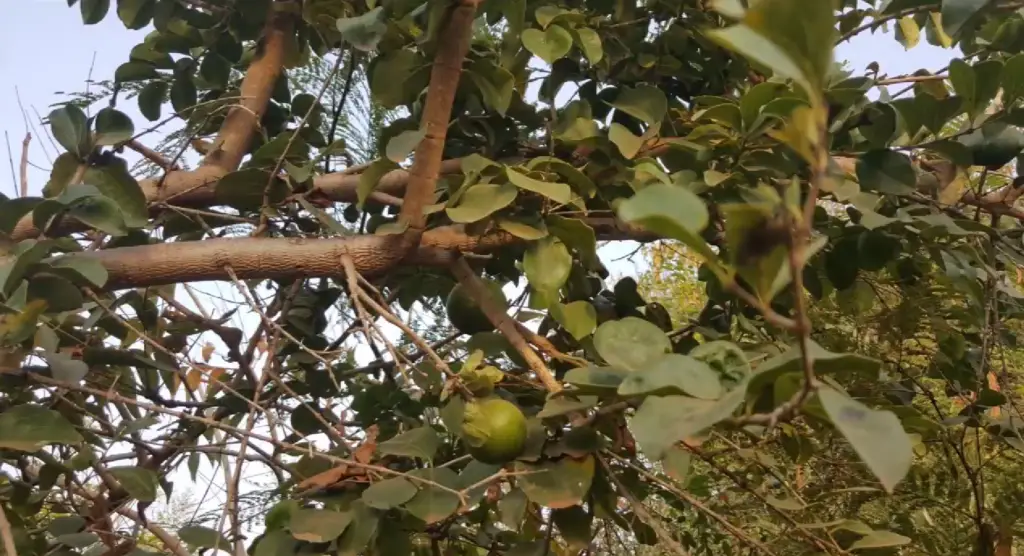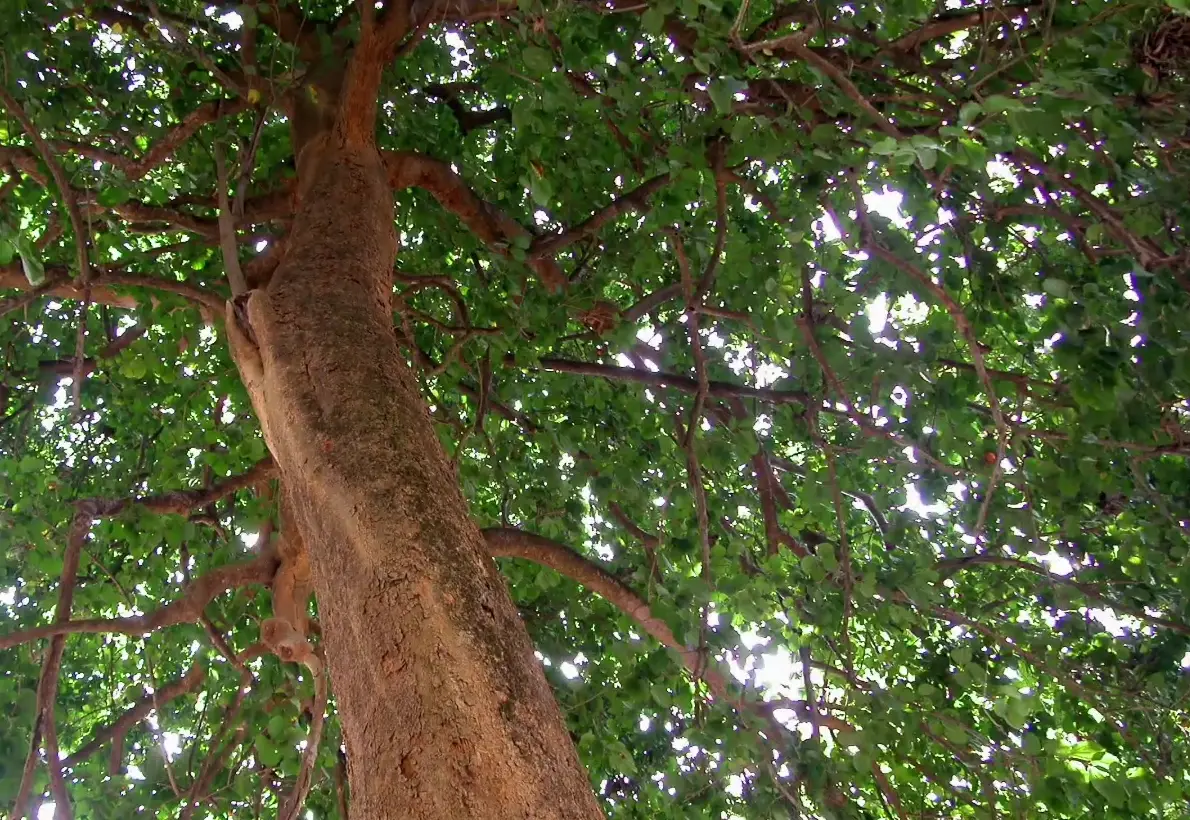
Some say it was once full of rice fields and the name came from the Vietnamese word koo kee (sre) derived from the old mon-Khmer language meaning rice fields, however when visiting the tunnels we were informed by the tour guide that Cu chi is the name of a tree that was once most abundant in this area of which there are only two left and they are heavily guarded and in a secret location as they are renowned for being one of the most poisonous trees on the planet.
What is a Cu Chi tree?
Having done a lot of research on this tree I have been unsuccessful in finding a tree actually called Cu Chi. However there are two main competitors, The Ironwood tree is known to have been called the Cu Chi tree even though this seems a bit contradictory as it is not poisonous, and the strychnine tree is one of the most poisonous trees on the planet and very prominent in southeast Asia and especially Vietnam.
Is the Cu Chi tree also known as the ironwood tree?
The Cu Chi tree, also known as the Iron Wood tree, is a species of a tropical evergreen tree that is native to Southeast Asia. It is commonly found in the forests of Cambodia, Vietnam, and Laos and can grow up to 40 meters in height.
The tree is known for its strong and durable wood, which is why it is often referred to as “Iron Wood.” This wood is often used in construction, furniture making, and even in the manufacture of weapons.
The leaves of the Cu Chi tree are shiny and dark green, and it produces small, white flowers in the spring. The tree also produces small, reddish-brown fruit that is edible but not commonly consumed.
In Vietnam, the Cu Chi tree is considered to be a symbol of strength and resilience due to its ability to withstand harsh conditions and adverse weather. This tree is also revered for its medicinal properties, and various parts of the tree have been used for centuries to treat various ailments, including skin conditions and digestive problems.
In addition to its practical uses, the Cu Chi tree is also important culturally and historically. During the Vietnam War, the forests of Cu Chi were used as hideouts and tunnels by the Viet Cong, and the tree is now a popular tourist attraction in the region.
In conclusion, the Cu Chi tree is a strong and durable species of tree that is known for its practical uses, cultural significance, and historical importance. It is a valuable part of the natural heritage of Southeast Asia and continues to play an important role in the lives of the people who live in the region.
Is the Ironwood tree poisonous?
The Cu Chi tree, also known as the Iron Wood tree, is not considered to be poisonous. However, there are some parts of the tree that can be toxic if ingested in large quantities.
The leaves, bark, and fruit of the Cu Chi tree contain toxic compounds, including tannins and alkaloids. Ingesting large amounts of these compounds can cause gastrointestinal upset, including nausea, vomiting, and diarrhea. In severe cases, it can also lead to more serious health problems, such as liver and kidney damage.
Despite this, the Cu Chi tree is not generally considered to be a danger to humans or animals, and it is still used for a variety of purposes, including construction, furniture making, and even as a source of food for some animals.
In conclusion, while the Cu Chi tree does contain some toxic compounds, it is not considered to be a highly poisonous species. It is important to exercise caution and moderation when consuming any part of the tree, but it can still be used safely and responsibly for various purposes.
What is the most poisonous tree in Vietnam?
The most poisonous tree in Vietnam is the Strychnine tree (Strychnos nux-vomica) Also called the poison nut or snakewood tree. This tree is native to Southeast Asia and is known for producing a toxic alkaloid called strychnine, which is used as a pesticide and for various medicinal purposes.
Ingesting even small amounts of strychnine can cause severe symptoms, including muscle spasms, convulsions, and respiratory failure. The effects of strychnine poisoning can be rapid and can result in death within a matter of hours.

Some of our articles may contain affiliate links, which means I earn a small commission at no extra cost to you but it does help me with the running costs. As an amazon associate, I will earn commissions on purchases but this does not affect my reviews on products or services.
In Vietnam, the Strychnine tree is commonly found in rural areas, and its seeds are sometimes used to poison animals and insects. However, it is important to exercise caution and avoid ingesting any part of the tree, as even small amounts can be deadly.
In conclusion, the Strychnine tree is the most poisonous tree in Vietnam and should be treated with caution. It is important to be aware of the dangers posed by this tree and to avoid ingesting any part of it, as even small amounts can result in serious health problems and even death.
Conclusion.
Is the Cu Chi tree the same as the Strychnine tree?
No, the Strychnine tree and the Cu Chi tree are not the same. The Strychnine tree (Strychnos nux-vomica) is a tree that is native to India and Southeast Asia and produces seeds that contain the toxic alkaloid strychnine, which is used as a pesticide and a poison. The Cu Chi tree (Ficus benjamina) is a species of the fig tree that is native to southern Asia and is commonly grown as an ornamental plant. The Cu Chi tree is not toxic and is not related to the Strychnine tree.
Related posts:
- Discover the Top 5 Worst Beaches to Visit in the World

- Fontwell Park: A Thrilling Day at the Races

- Explore Arundel’s Medieval Castle and Cathedral is it worth a visit?



One thought on “Vietnam CU CHI TREE what it is and why it is so deadly.”